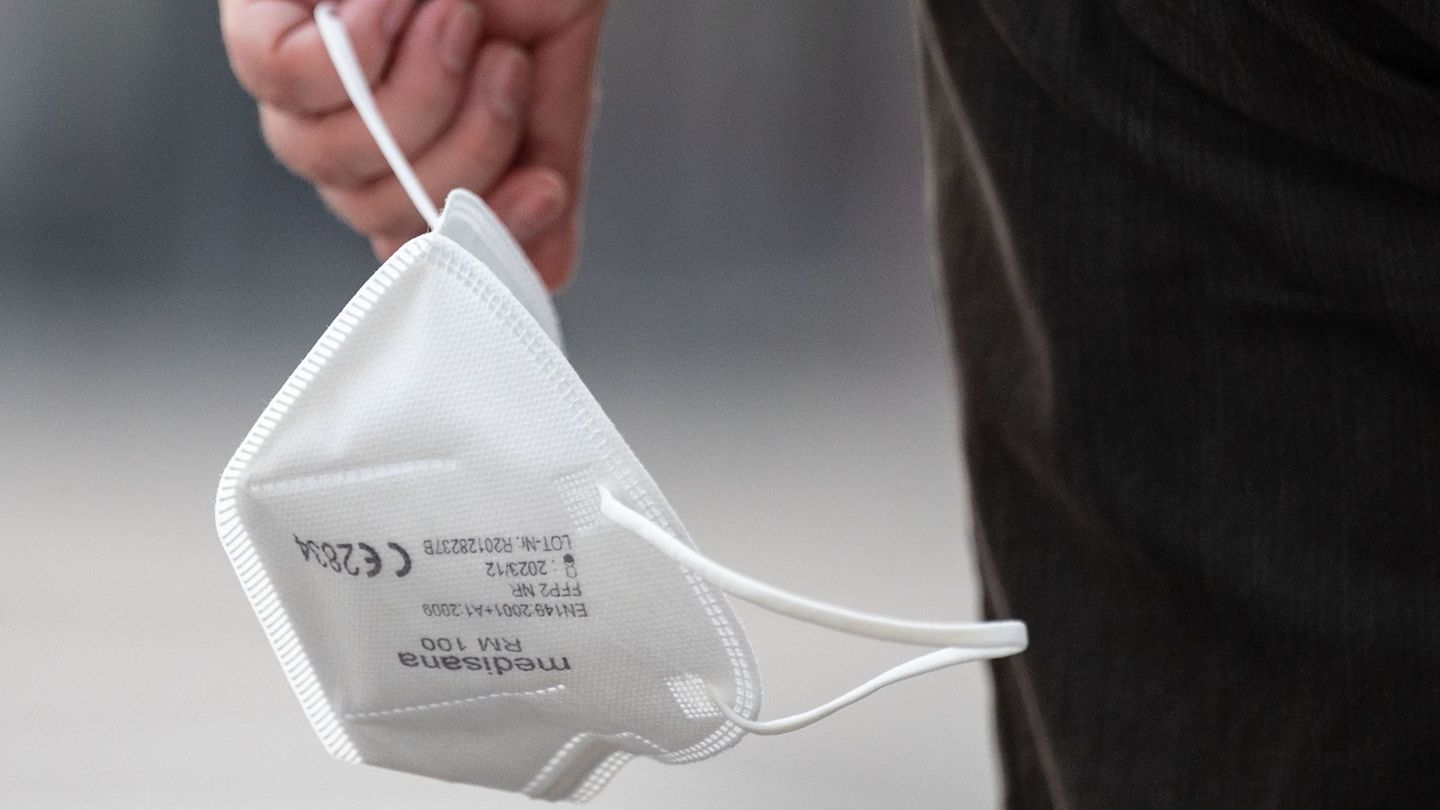Rosario is, after Mar del Plata, the city with the highest number of train frequencies, since in addition to the daily services there is an express that runs on weekends and services to Córdoba and Tucumán, which pass through twice a week in that Santa Fe district, located on the banks of the Paraná River.
The daily service departs from the Retiro station in Buenos Aires every day at 7:30 p.m., to arrive in Rosario Norte at 1:54 a.m., and returns at 2:48 a.m. to arrive in the city of Buenos Aires at 9:12 a.m.
The express service, meanwhile, leaves Retiro on Fridays at 10:30 p.m. and arrives in Rosario Norte at 4:10 a.m., returning to Buenos Aires on Sundays at 11:49 p.m. to arrive in Retiro at 5:39 a.m.
In addition, on Wednesdays and Sundays, the train that goes to Córdoba passes through Rosario Norte, leaving Retiro at 11:30 and arriving in Rosario at 17:58, while on its way back it stops through Rosario on Tuesdays and Saturdays at 10:32.
In the same way, on Thursdays and Mondays the train to Tucumán leaves from Retiro at 9:10 p.m., which passes through Rosario Norte at 3:38 a.m., while the return passage takes place on Wednesdays and Saturdays at 11 p.m. :21 and returns to Retiro at 5:29.
The trip, in any of the regular formations, takes just over six hours, a reasonable time considering that until not long ago the duration of the trip was more than 8 hours. The express, meanwhile, makes the same route in 5.45 hours.
The reduction in travel time was possible thanks to the recovery of the tracks, with work by Trenes Argentinos Infrastructure that changed rails, sleepers and conditioned the route to allow the formations to reach a speed of 120 kilometers per hour at certain times, in addition of the State administration in the control of the roads in the section between Buenos Aires and Rosario, which was previously in the hands of the freight concessionaire.
This made it possible, on the one hand, for Trenes Argentinos Operaciones to manage the times of passenger services; Meanwhile, having power over the railway line allowed it to repair and put into operation 150 automatic barriers that were disabled, so that trains do not have the need to reduce speed at level crossings.
The services to Rosario are used, for the most part, by residents in Buenos Aires who visit their relatives in Rosario or vice versa, students who return to Rosario on weekends, and tourists who decide to spend a few days in Rosario enjoying the city. .
Source: Ambito
I am an author and journalist who has worked in the entertainment industry for over a decade. I currently work as a news editor at a major news website, and my focus is on covering the latest trends in entertainment. I also write occasional pieces for other outlets, and have authored two books about the entertainment industry.




